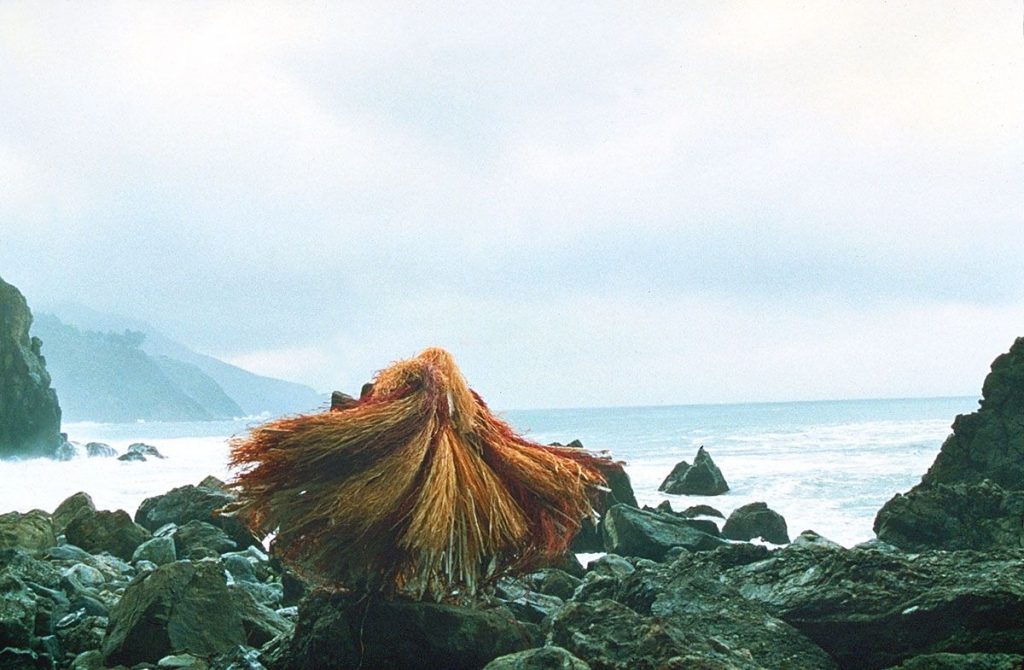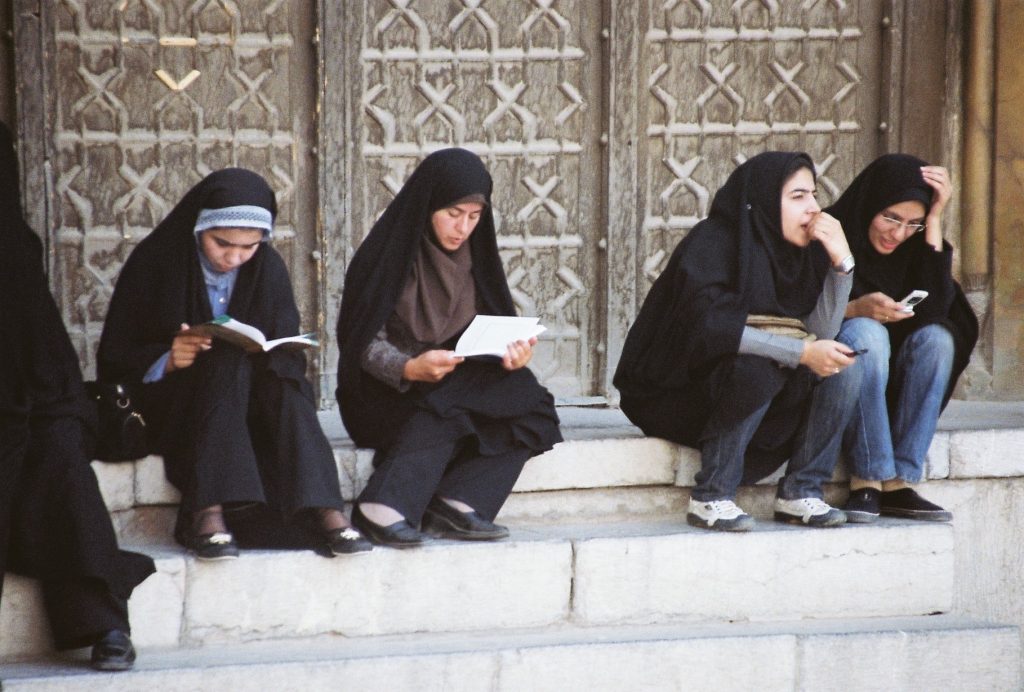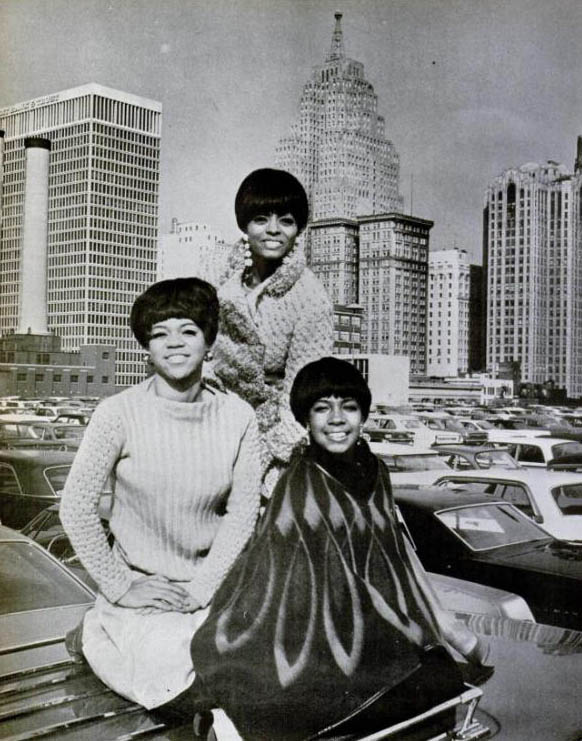Suzi Gablik’s essay on art and the end of the world, “The Ecological Imperative: Making Art as if the World Mattered,” was first published in Michigan Quarterly Review in 1993.
The ongoing ecological destruction happening on the planet needs no introduction here. No one these days can be unaware of the complex problems of water degradation, toxic waste, species extinction, soil and forest depletion, desertification, acid rain, and the “greenhouse” effect. As Rebecca Solnit has remarked, “the landscape itself is no longer an aesthetic refuge, but a battle ground.” Nor is it an easy thing to deal with issues that bring deeper and deeper levels of anxiety to us all.
Time is running out with respect to many of these environmental threats, and as we in the late-twentieth century witness the frightening portents of the beginning of the end of industrial civilization, we are still groping for the answers to many difficult questions about what life after industrialism will be like and how we will adapt to it. As an art critic in the 1990s, I am no longer interested in writing art reviews, or catalogue essays. Rather, I am concerned with understanding our cultural myths and how they evolved; how artists are now addressing the changes that must be implemented in our consciousness and our society.
Modernism was the art of the industrial era. Stylistic problems fascinating to modernists were linked to a view of the world based on egocentric individualism which I believe is now changing. As we move into the ecological age, the world is becoming a place of global interdependence and interconnection. The challenge for each of us will be to break through a certain infrastructure of thinking and experience in modern society that has been shaped by the assumption of separateness. Individual freedom and individual uniqueness were cultural ideals summed up and embedded in the motifs of Romanticism; today, however, as we begin to recognize an environment of limits, a new cultural imperative is being argued and fought. “Today,” Charlene Spretnak writes in Reweaving the World, “we work for ecopeace, ecojustice, ecotheology, and for the evolution of ecofeminism.” Something is shifting in our notion of the self. As deep ecologist Joanna Macy puts it, the ego-self is being replaced by the eco-self. This self realizes that we are profoundly interconnected and interdependent. It recognizes our embeddedness in nature, and mourns the destruction of our biosphere.
At the edge of a frozen lake, a woman dances herself into a visionary state. Her presence in the landscape is like a numinous symbol of wings and flight, signifying the possibility of transition into another mode of being. She wears an extraordinary garment of raffia and string that transforms her into a supernatural being she is impersonating. The woman is Fern Shaffer, an artist from Chicago, enacting a symbolic ritual intended to purify the waters of Lake Michigan through using crystals, which represent a vital part of the earth’s resources.
Shaffer’s rituals are the result of a collaboration between herself and Othello Anderson, a painter and photographer. They began creating rituals to mark the equinoxes and solstices with special ceremonies. “The significance of what we do is to reenact, or remember, ways of healing the earth,” Shaffer states. “An ancient rhythm takes over; time does not exist anymore. We perform the rituals to keep the idea alive. This ceremony was held at sunrise. We met at the lakefront at 5 a.m. It was minus 35 degrees with a windchill factor of minus 80 degrees. We seemed to have gone into another time zone….. I washed the crystals in the lake, putting my hands in the water. Two of Othello’s cameras froze completely and the film in the third camera split. It was very cold and yet Othello and I were not affected by it.”
For their most recent collaboration, Shaffer and Anderson initiated an urban series, in which two separate healing rituals were performed at full moon, and another during the eclipse. The rituals were enacted at the site of an ugly, litter-strewn, rat-infested, noman’s-land located near their studio building in downtown Chicago. Shaffer made herself a transparent garment out of plastic bubble wrap, as a means of pointing to the problem of nonbiodegradable materials. In this ritual, the idea was to tread lightly and bring light upon a devastated area, by showing kindness and humility in the form of prayer. “I believe very strongly in working with the universe,” Shaffer says, “and that if you open up to it, it will respond and hear you.”
For Shaffer, creating a shamanic outfit to wear is like creating a cocoon, or alchemical vessel, a contained place in which magical transformation can take place. Magic clothes were often the means by which shamans passed from one world to the other, in order to achieve the necessary communication with spirits. The shaman in traditional societies was the healer, the one who restored life both to individuals and communities. This “sacred wardrobe” serves to “heat” the space and make it sacred, which can lead to transformation and healing…
Read the rest of Suzi Gablik’s essay, “The Ecological Imperative,” in our Archives.




